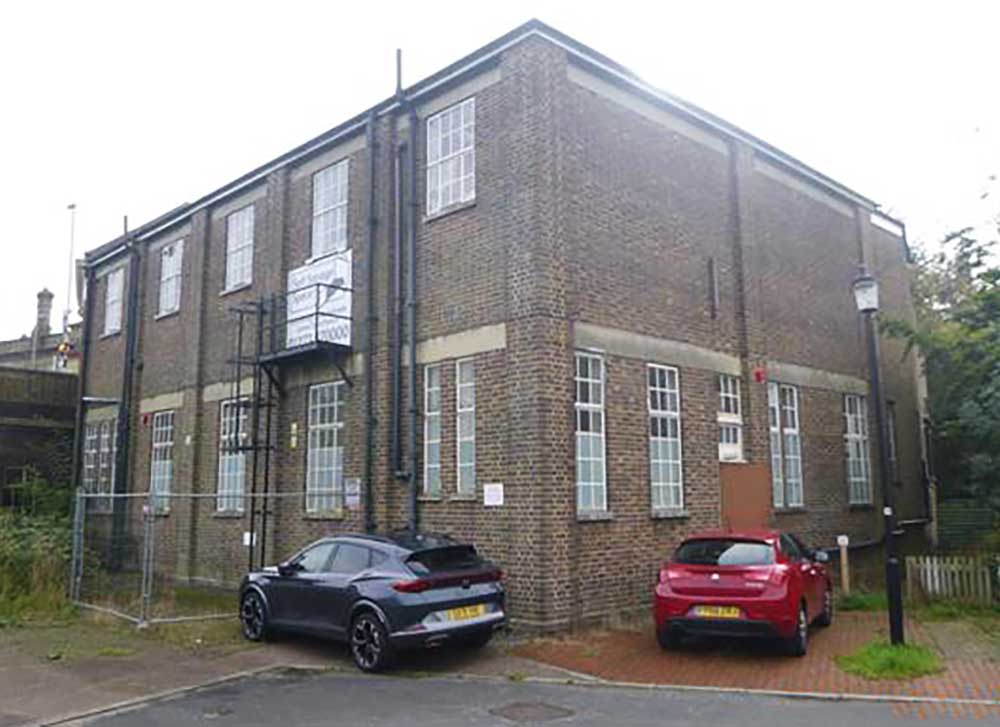Writing for Energy Matters, Josh Wakeling, Head of Operations at Elmshurst Energy has produced an excellent article on PAS 2038 and retrofitting non-domestic buildings for improved energy efficiency. The article is reproduced below.
‘As those of you involved in the industry will already be aware, the BSI published the domestic retrofit specifications PAS 2035 in 2019. Following on from this the obvious next step was for BSI to consider commercial buildings. In August 2021, PAS 2038-2021 was released.
Now highly publicised, national targets for the reduction of greenhouse gas emissions in response to the threat of climate change require significant improvements to the energy efficiency of the UK’s building stock, including nearly all of its two million non-domestic buildings.
Non-domestic buildings accommodate a huge variety of activities, and range in size from simple chip shops to large multi-story mixed-use buildings, shopping centres, hospitals, factories, offices and universities.
Some buildings are owner occupied, while others are let to single tenants or accommodate multiple tenants. Some buildings are managed and maintained by their occupants (who may have little knowledge of buildings, or how to improve them), but many are managed and maintained by building professionals, e.g. energy assessors, surveyors, commercial agents or facilities managers.
PAS 2038 is aimed at providing a ‘whole-building’ retrofit process that meets key objectives, promoting and defining technical robust and responsible outcomes.
These key objectives are:
- Improved comfort, well-being, health and safety including fire safety and productivity of building occupants and visitors
- Improved functionality, usability and durability of buildings
- Enabling buildings to use low or zero carbon energy supplies
- Minimisations of the ‘performance gap’ that occurs when reductions in fuel use, fuel cost and carbon dioxide emissions are not as large as intended or predicted
- Improved energy efficiency, leading to reduced fuel use, fuel costs and pollution (especially greenhouse gas emissions associated with energy use).
- Protection and enhancement of the architectural and cultural heritage as represented by the building stock.
- Reduced environmental impacts of buildings
- Avoidance of unintended consequences related to any of the above
PAS 2038 will revolutionise the non-domestic retrofit market with likely backing from government departments such as the Department for Business, Energy and Industrial Strategy (BEIS) and also private backing from the likes of banks and investors that are looking for a reliable, industry defined, quality process they can rely on.
The Retrofit Process
The stages required for the retrofit process for non-domestic buildings are very similar to the domestic PAS 2035 requirements. The main stages that are reflected in the PAS include assessment of the building, evaluation of improvement options, agreement of intended outcomes, preparation of an improvement plan, design and specification and installation. There are a few further additional options and routes depending on the building size and complexity however the key requirement is to ensure that the Retrofit Team includes all of the relevant, competent persons for completing this project.
For smaller “domestic” like buildings, PAS 2038 provides an alternative route to follow PAS 2035. This alternative route requires the project to be managed by a Retrofit Coordinator who is also a qualified and accredited Non Domestic Energy Assessor (NDEA). The PAS 2035 route would be used for these “domestic” like building with RdSAP being replaced with SBEM when completing the energy assessment stage.
We believe there is an excellent opportunity for Elmhurst members to be a major part of the assessment process. Specifically, around the context, condition, occupancy and energy performance assessment requirements for the building with the PAS specifying the use of SBEM, DSM and DECs.
Competency
PAS 2038 relies on the project team to have all of the relevant competent persons for the project. If the project is a complex building such as The Shard, then a number of competent persons would be required and the reliance is on the Retrofit Lead Professional to identify when they need more competency on the Retrofit Team.
At least one member of the project team shall be competent to provide, where necessary:
a) Thermal transmissivity (U Value) calculations
b) Condensation Risk Assessment
c) Thermal bridging calculations
d) Thermal capacity assessments
e) Whole-life greenhouse gas emissions assessment
f) Energy performance estimations or simulations using the NCM (SBEM and DSM)
g) Radon exposure assessments
We are already seeing an increase in demand for our existing competency scheme training and accreditations on these subjects.
PAS 2038 Awareness Course
Elmhurst Energy has now released their market leading PAS 2038 Awareness course for anyone interested in understanding the potential opportunities and requirements from the PAS.
The course is highly recommended for Retrofit Coordinators in the existing PAS 2035 following the alternative “domestic” like approach details in this article.
The course will also provide further details on how NDEAs and DEC assessors will be part of the PAS 2038 process.’

